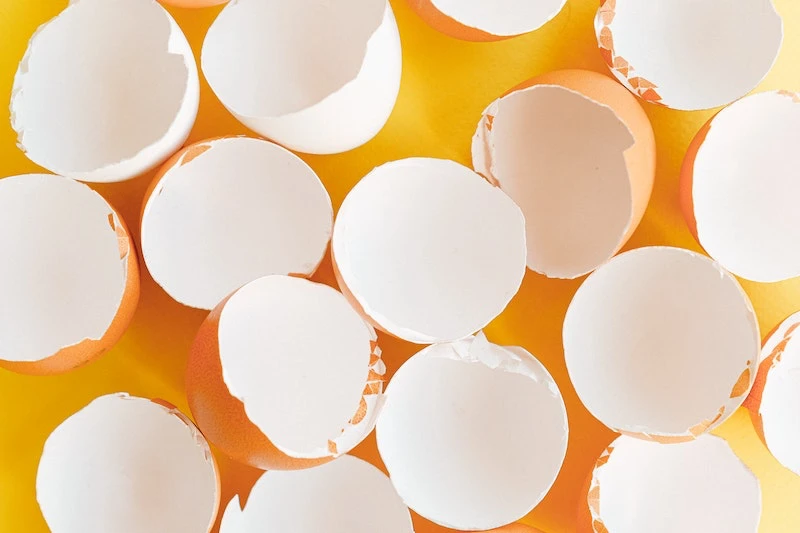Don’t Toss Those Eggshells! Here’s How to Actually Use Them in Your Home and Garden
I think I learned the real value of using absolutely everything from my grandfather. He wasn’t a farmer by trade, but he lived like one, with a deep respect for the land. For him, waste was just not a thing. Every scrap had a job.
In this article
I can still picture the old ceramic bowl he kept by the kitchen sink. Every single eggshell went into that bowl, every day. This wasn’t some new-age, zero-waste trend; it was just… normal. That bowl of shells wasn’t garbage. It was a future ingredient for his garden, a supplement for his chickens, and even a tool for cleaning.
It’s about understanding what an eggshell actually is. It’s not a magic bullet, but when you know how to prep it right, it’s an incredible free resource. Let’s get into the nitty-gritty of how to do it properly.
So, What’s Actually in an Eggshell?
Before you toss them in the garden, it helps to know what you’re working with. An eggshell is roughly 95% calcium carbonate. That’s the exact same stuff you find in things like chalk or agricultural lime. The other 5% is a mix of other good minerals like magnesium and potassium, all held together by a protein web.
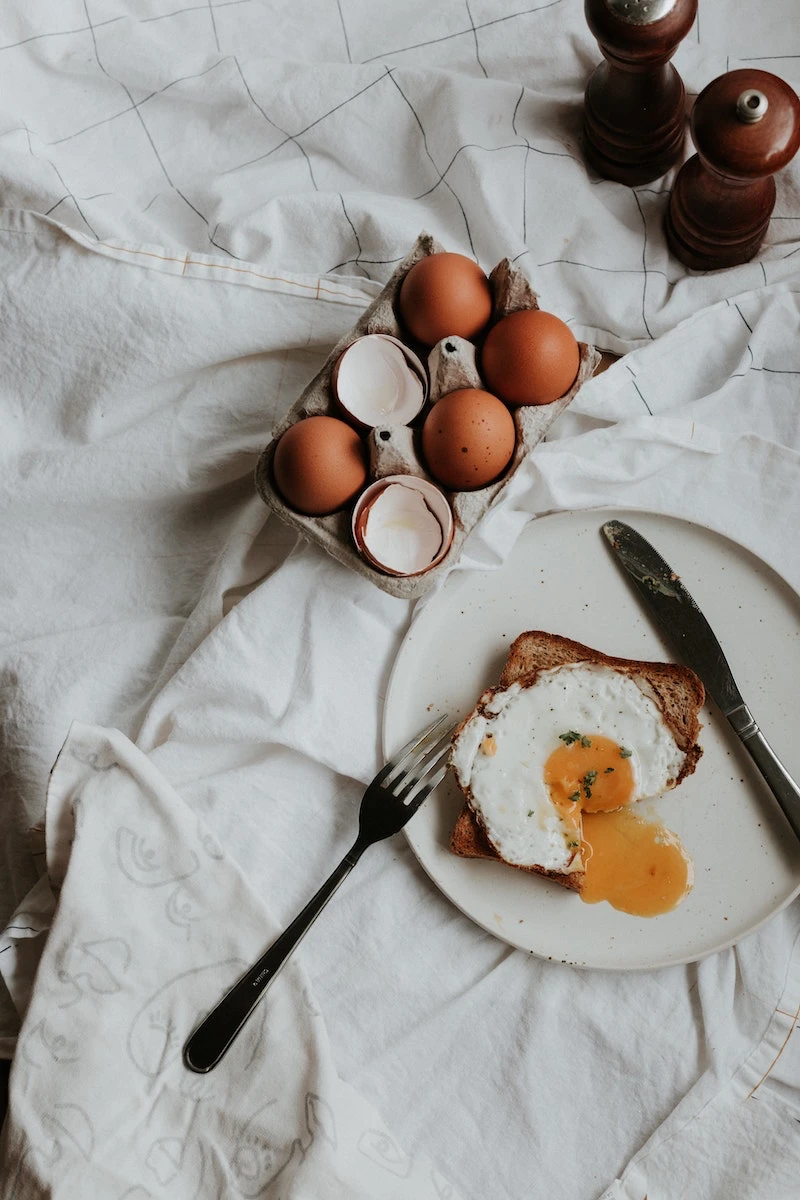
The calcium is obviously the star player. Plants need it to build strong cell walls, which helps them fight off diseases and stress. But the ‘carbonate’ part is just as important. In soil-speak, carbonates are alkaline, meaning they can neutralize acid. Think of it like a Tums for your soil—it raises the pH, making acidic soil a little ‘sweeter’.
But here’s the most important thing to get right: tossing whole shells in your garden does next to nothing. A whole shell is a fortress. It can take years, literally years, for it to break down and release that calcium. To get any benefit, you have to grind it into a super-fine powder. This massively increases the surface area, letting soil microbes do their work and make the calcium available to your plants. Remember that, and you’re already ahead of the game.
How to Prep Your Shells (The Right Way)
This process is key. Rushing it can lead to smelly kitchens and poor results in the garden. Before we start, here’s a quick rundown of what you’ll probably need:
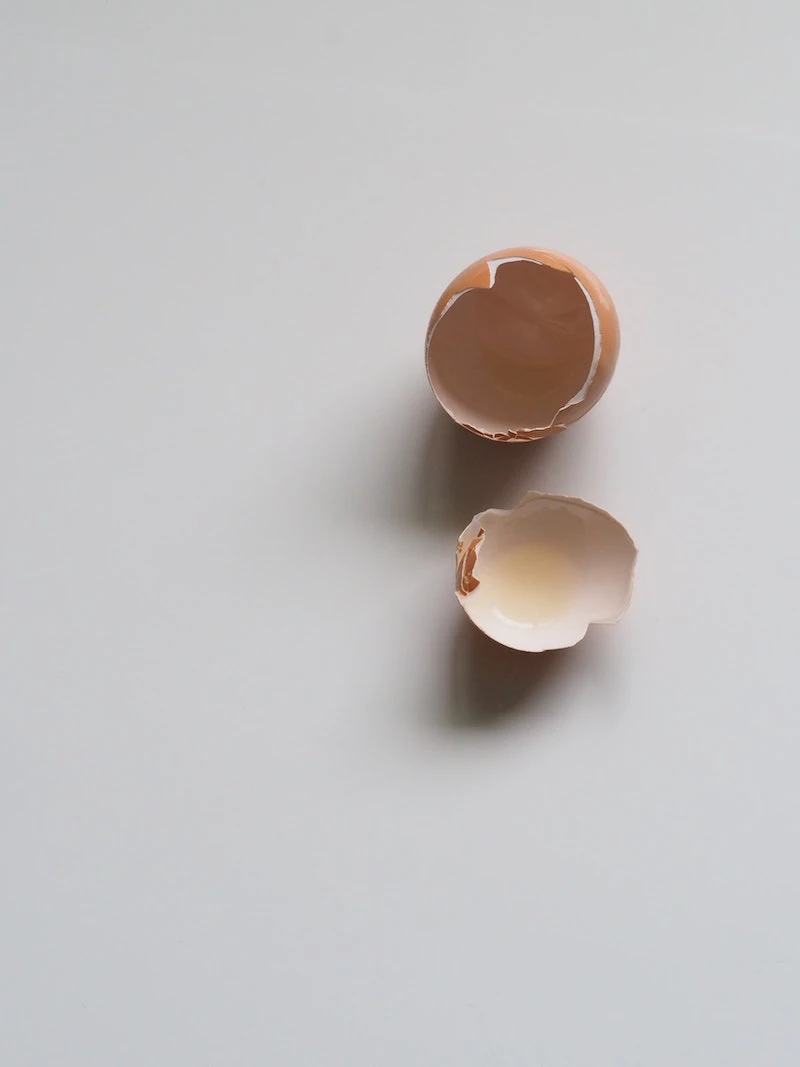
- A container for collecting shells (I just use an old yogurt tub with a lid)
- An old baking sheet
- Something to grind with: a coffee/spice grinder, a blender, or even a sturdy bag and a rolling pin
- An airtight jar for storage (like a mason jar)
Step 1: Collect and Rinse
I keep my lidded container right under the sink. As soon as I crack an egg, the shell goes in. Don’t let them sit out for too long, especially when it’s warm, because that little bit of egg white left inside can get pretty funky and attract flies.
Every day or so, I give the collected shells a quick rinse under the tap to wash off that thin membrane and residue. You don’t have to go crazy scrubbing them, just a quick swish is fine. Then, just spread them on a towel to air dry for a bit.
Step 2: Sterilize Them (Please Don’t Skip This)
Honestly, this is the step most people miss, and it’s a mistake. Raw eggs can carry salmonella. While the risk is pretty low, why chance it? Sterilizing also makes the shells incredibly brittle and way easier to grind. I have two go-to methods.
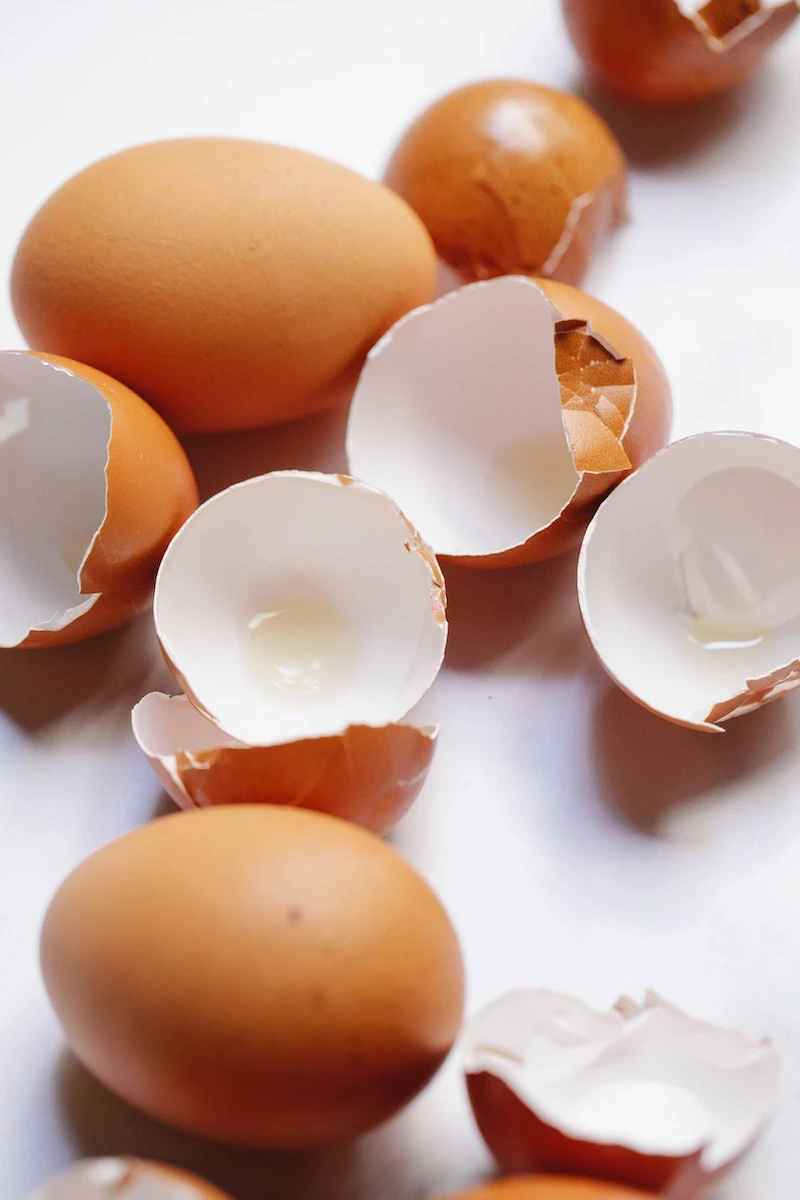
- The Oven Method (My Favorite): This is the most thorough way. Just spread your rinsed shells on a baking sheet and pop them in a low oven, around 200°F. After about 10-15 minutes, they’ll be totally dry and so brittle they crumble when you touch them. Done.
- The Microwave Method (For a Quick Batch): If you only have a few shells, you can nuke them. Put them on a plate and microwave on high for about 60 to 90 seconds. Just watch them to make sure they don’t scorch. They’re ready when they’re dry and brittle.
Step 3: Grind for Maximum Impact
How fine you grind depends on what you’re using it for. To really make the calcium available for your plants, you need a powder as fine as flour. A coarse, gravelly texture just won’t cut it.
Heads up: When you’re grinding, especially with a power grinder, it can kick up a lot of fine dust. It’s not toxic, but it’s not fun to breathe in. I always do this in a well-ventilated spot or wear a simple dust mask.
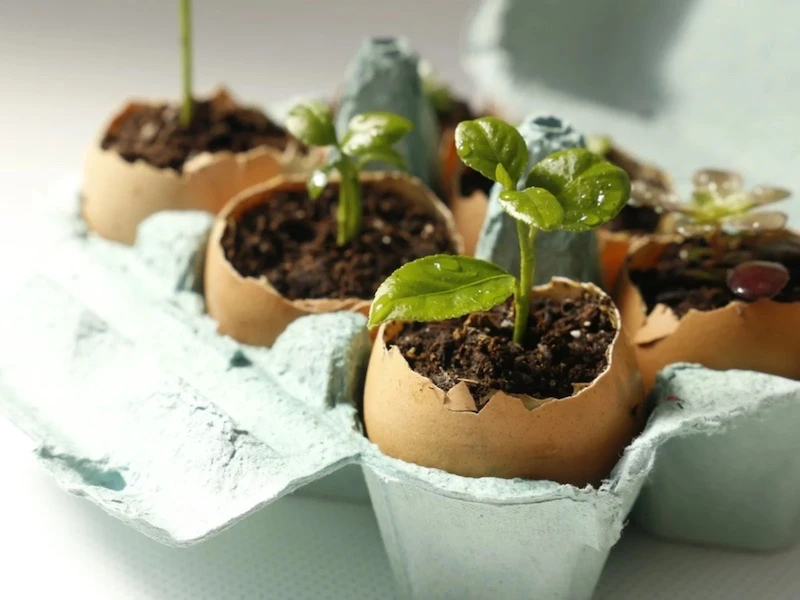
For a coarse crush (good for keeping slugs away), just put the sterilized shells in a canvas bag and whack them with a rolling pin. But for the fine powder, a dedicated grinder is your best friend. Don’t use your good coffee grinder unless you want gritty coffee! I bought a cheap blade grinder online for about $20, and it lives in the garage for all my garden projects. A high-powered blender works too, or a mortar and pestle if you want a good arm workout.
Good to know: So, how many shells do you actually need to save? From my experience, it takes about 12 to 15 large eggshells to make roughly a 1/4 cup of fine powder. This gives you a good idea of how long you need to collect them. Once it’s powdered, I store it in a sealed glass jar, and it lasts forever.
Putting Your Powdered Gold to Work
The garden is where prepared eggshells really get to shine.
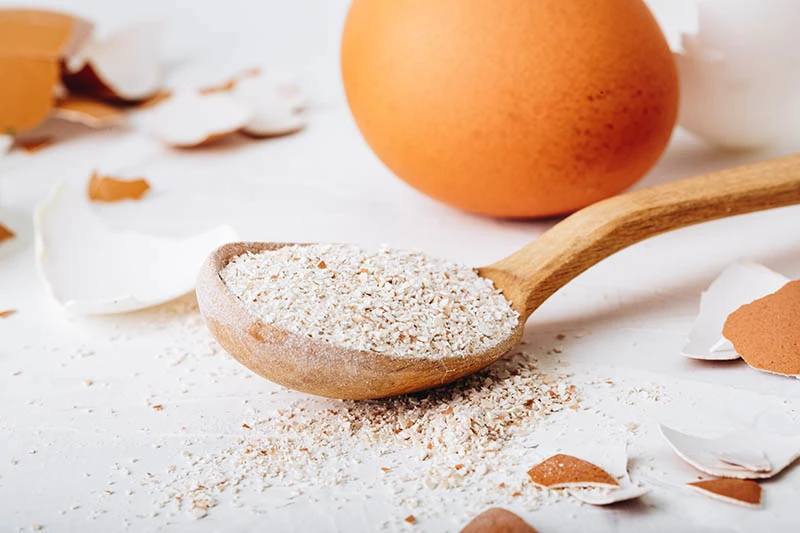
A Calcium Boost for Your Soil
This is the best use for that fine powder. It helps prevent weak growth and nasty problems like blossom-end rot on tomatoes and peppers. I learned this the hard way one year. I threw a bunch of coarsely crushed shells into my tomato holes and still got blossom-end rot on half my crop. I was so frustrated! It wasn’t until later I realized the shells weren’t powdered finely enough for the plant to use, and, to be frank, my watering was all over the place. Blossom-end rot is usually a water issue first, which prevents the plant from taking up the available calcium.
How to use it: When planting heavy feeders like tomatoes, peppers, or squash, I mix a handful (about 1/4 cup) of the fine powder right into the planting hole. For general soil prep, I’ll broadcast it over the bed. For context, store-bought garden lime is also calcium carbonate. Eggshells are basically the free, slow-release, DIY version. Lime is the faster, commercial option if you need to make big changes quickly.
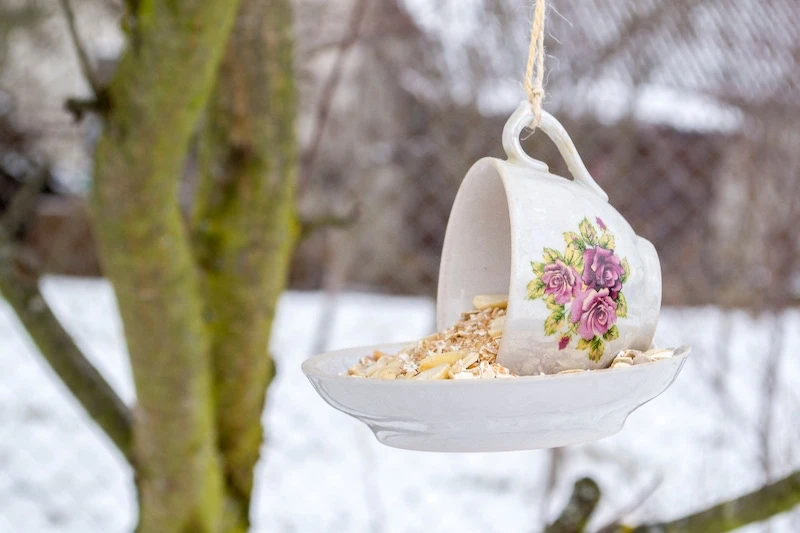
An important note: Before you add anything to your soil, it’s a great idea to know what you’re starting with. A simple soil test from your local agricultural extension service is worth its weight in gold. If your soil is already alkaline (pH above 7.0), adding more calcium can actually lock up other nutrients and cause problems. Eggshells are most helpful in areas with naturally acidic soil.
A Scratchy Barrier for Pests
Those coarsely crushed shells are great for one thing: annoying soft-bodied pests. Slugs and snails hate crawling over the sharp, jagged edges. Sprinkle a continuous ring of crushed shells around the base of vulnerable plants like hostas or lettuce to create a protective barrier. It’s not a magic forcefield, but it’s a great non-toxic deterrent. Just remember to reapply it after a heavy rain washes it into the soil.
Biodegradable Seedling Pots
This is a super fun project, especially with kids. Try to crack your eggs near the top, leaving the bottom 2/3 intact. Rinse them out, poke a tiny drainage hole in the bottom with a pin, and put them back in the carton. Fill with seed-starting mix, plant a seed, and mist with water. When your seedling is ready for the garden, you just gently crush the shell in your hand and plant the whole thing. The shell breaks down and gives the little plant a nice calcium boost right where it needs it.
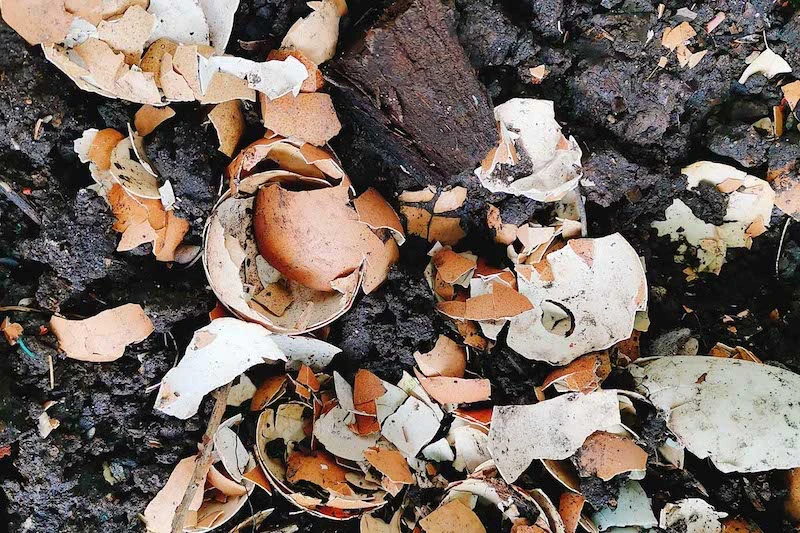
Try This Today: Feeling inspired? Take the shell from your next egg, rinse it, and pop it in the microwave for a minute until it’s brittle. Crush it with the back of a spoon and sprinkle the pieces into the soil of one of your houseplants. Boom. You’re officially recycling kitchen scraps.
Beyond the Garden: A Few More Clever Uses
- Feed for Birds: Laying hens need a ton of calcium for strong shells. You can offer sterilized, crushed (not powdered) shells to your flock in a separate container—they’ll eat what they need. It’s also great for wild birds in the spring during nesting season. Just make sure the shells are crushed so they don’t mistake them for whole eggs!
- A Non-Toxic Scouring Powder: That fine powder is a fantastic soft abrasive. Mix it with a little baking soda and some dish soap to form a paste. It’s amazing for scrubbing burnt-on gunk off stainless steel pans or cleaning stained coffee mugs. Just be careful—I wouldn’t use it on delicate surfaces like non-stick coatings or glass cooktops without testing a hidden spot first. Consult your common sense on this one.
- Smoother Coffee: This sounds like an old wives’ tale, but it works! If your coffee tastes a bit too bitter or acidic, add a teaspoon of clean, crushed shell to the grounds before you brew. The alkaline calcium carbonate neutralizes some of the acid, making for a smoother cup.
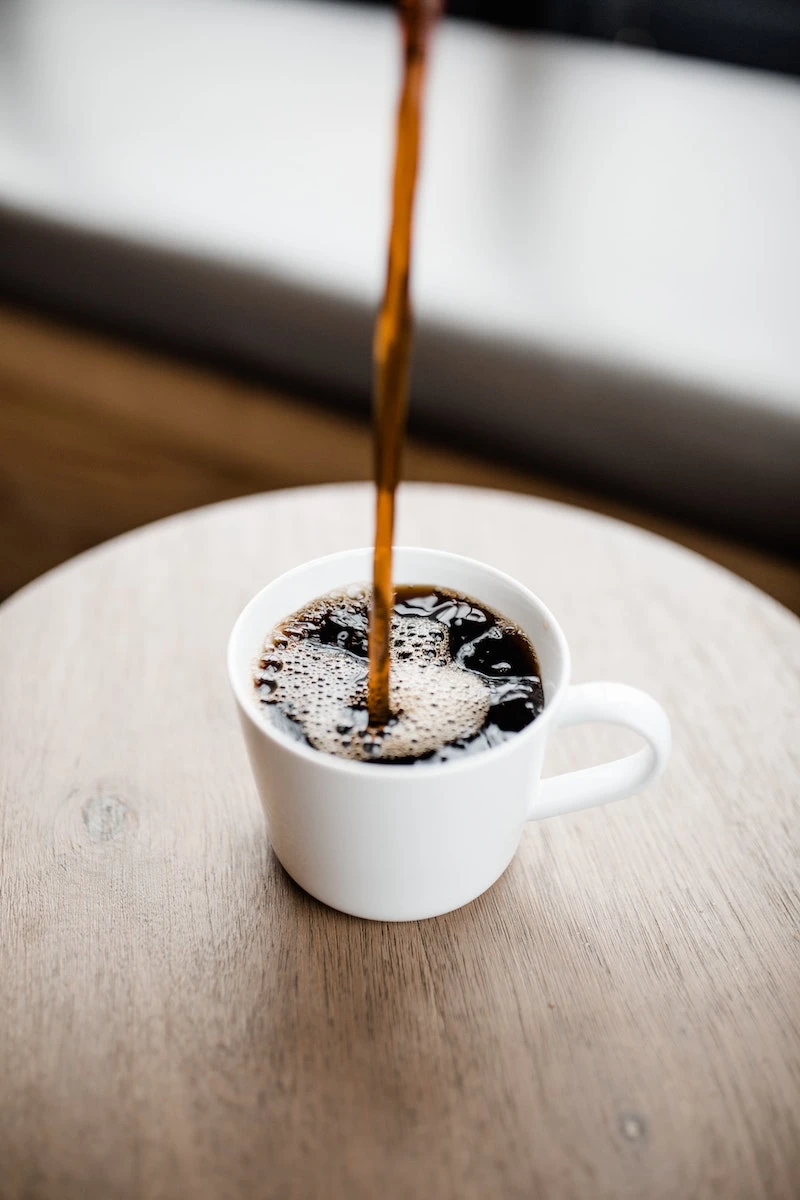
Let’s Be Honest: What Eggshells Can’t Do
Part of using any tool is knowing its limits. So let’s bust a few myths.
They are not a complete fertilizer. They have calcium, but none of the big three—Nitrogen, Phosphorus, or Potassium—that plants crave. You still need to feed your garden properly.
And no, they are not a deer repellent. A hungry deer will happily stomp right over your crunchy shell barrier to eat your tulips. A fence is the only real answer for deer.
Finally, they will not change your soil pH overnight. This is a long-term game. Think seasons, not days.
A Final Thought…
That old bowl in my grandfather’s kitchen was a symbol of a mindset—that value is everywhere if you’re willing to look. Taking something as simple as an eggshell and turning it into something that nourishes and protects… well, that’s a pretty satisfying feeling. It’s a small, practical way to participate in the cycle of your own home, and that’s a lesson that’s always worth remembering.
